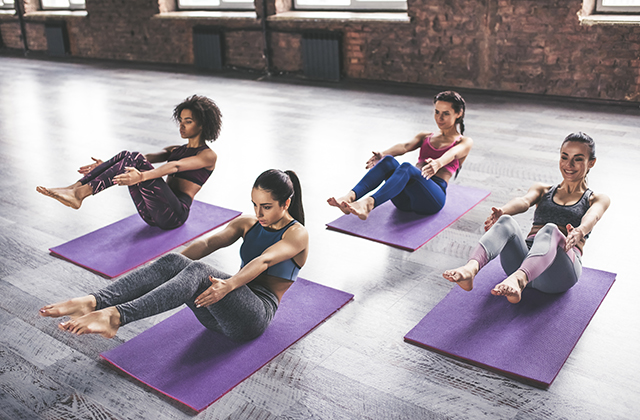Introduction
It’s easy to get overwhelmed at the beginning of a new job. You’re getting to know everyone, you’re still trying to figure out how things work around here, and you’ve got a million things on your plate—including training. But when you’re just starting out and are responsible for your own training, that can be even more overwhelming! I’ve been there myself. My first year of training was brutal because I didn’t know what I didn’t know about how much work goes into preparing for exams or how to plan my time efficiently. But now that I’m seven months into my certification and have learned some tricks along the way, it feels great to share them with other trainers at this critical point in their careers.
Workout early, sleep early
A good sleep schedule will help you feel more energetic and focused throughout the day. Try to get at least 7 hours of sleep every night, and try to wake up and go to bed at the same time each day (including weekends). If possible, exercise in the morning; it can boost energy levels throughout your day. A healthy lifestyle with plenty of restorative activities like meditation or yoga can also help with stress management so that you don’t find yourself working through lunch every day just because there’s too much on your plate!
Plan your time
When you’re in the thick of it, it can be hard to know what to do with your time. You have a lot of work to do and not enough hours in the day–or so it seems.
To make matters worse, when we feel overwhelmed by our workload we tend to procrastinate even more than usual because we don’t want to face our looming deadlines (or whatever else is stressing us out). The problem with this approach is that if we don’t get started on something soon enough then we run the risk of being unprepared when it comes time for an exam or presentation.
The best way around this problem is by planning ahead: setting aside blocks of time every day where you will work on specific tasks related directly related with each course component (such as reading assigned chapters). This way there won’t be any surprises later down the road when suddenly three weeks before final exams start looming over your head!
Give yourself a break
If you find yourself getting overwhelmed with your workload, give yourself a break. Don’t forget to take breaks throughout the day and remember to breathe! Here are some other tips:
- Go for a walk outside every hour. The fresh air will do wonders for your mind, body and soul!
- Stretch out for 5 minutes each time you go on break. This will help keep you limber and prevent injuries from overuse of muscles during long hours of working at a desk or computer table (and let’s face it–it feels good too!).
- Do something fun every day that doesn’t involve work related tasks such as reading books or watching movies/shows/TV shows with friends/family members who aren’t in the same field as yours so they can provide some much needed perspective into other areas of life than just Pilates training business management; this will help keep things balanced between personal life vs career path goals which may be causing stress due overcrowding anxiety due lack
You can train hard and still be happy!
If you are feeling overwhelmed by the workload, it’s important to remember that you can train hard and still be happy. Here are some tips for keeping your mind and body in check:
- Take breaks. It’s easy to go into overdrive when we’re feeling stressed out or anxious, but taking regular breaks is essential for maintaining your energy levels and preventing burnout. This means taking time off from work or exercise every day, even if it’s just 15 minutes away from your desk or Pilates mat!
- Get enough sleep each night–for most people this means 7-9 hours per night (or more). Sleep allows our bodies to recover from workouts so we feel fully rested when we wake up ready for another day of training–and making sure we get enough sleep helps us avoid burning out too quickly under pressure!
- Make sure your body is recovering from previous workouts before starting new ones; don’t overdo it by pushing yourself too hard every single day without giving yourself enough rest between sessions
Conclusion
If you’re feeling overwhelmed with your Pilates teacher training Sydney, it’s time to take action. Don’t let yourself get too stressed out and burn out before you even finish your course! Take some time off from studying if necessary, but make sure to schedule in some workouts as well so that your mind stays healthy. And remember: no matter how hard we work or how much stress we face on any given day, always remember that happiness is an option–and one worth choosing whenever possible! More info about Pilates workouts.



